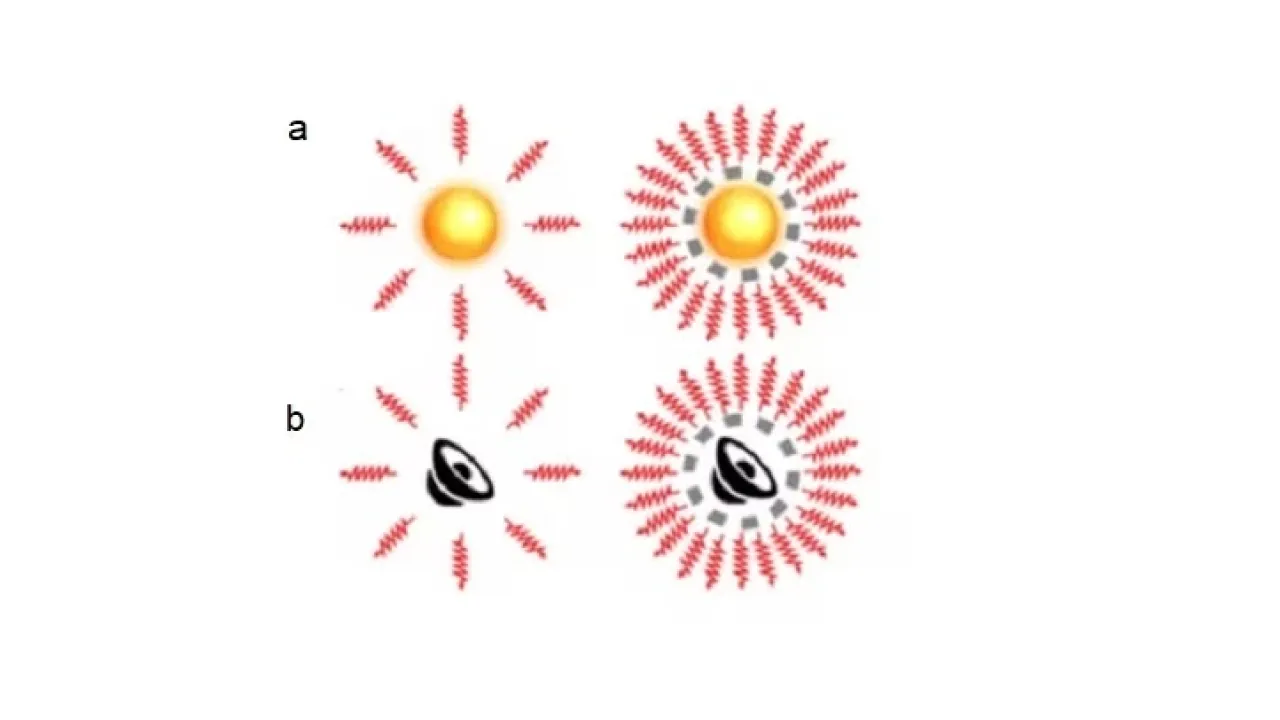
Making loudspeakers resonate like atoms
Tiny loudspeakers can efficiently produce low-frequency sounds due to effects similar to the quantum physics governing atoms.
About
A new theory about sound transmission uses ideas from quantum physics to explain how small loudspeakers could efficiently produce low-frequency sounds.
It is well-known that small loudspeakers can produce high-pitched sounds, but much larger speakers (called woofers) are usually limited to produce deep bass sounds only. Recently Jiajun Zhao and Ying Wu from KAUST proposed a solution: a small enclosure with coiled air channels that effectively reduces the speed of sound and enhances low-frequency sound power.
Now, Zhao and Wu’s concept has been verified by an experiment conducted by Maryam Landi and Likun Zhang at the University of Mississippi, USA. The team’s experiments in an anechoic (nonsound-reflecting) chamber confirmed that their 10-centimetre-wide enclosure greatly enhanced the emission power of low-frequency sounds from a tiny loudspeaker.
“Our enclosure produces powerful sounds with wavelengths much longer than the size of the device,” says Zhao, who recently moved from KAUST to take a job with the energy company GOWell International LLC in Texas. “We hope it can be implemented in traditional woofers to make them smaller.”
Read the full article
